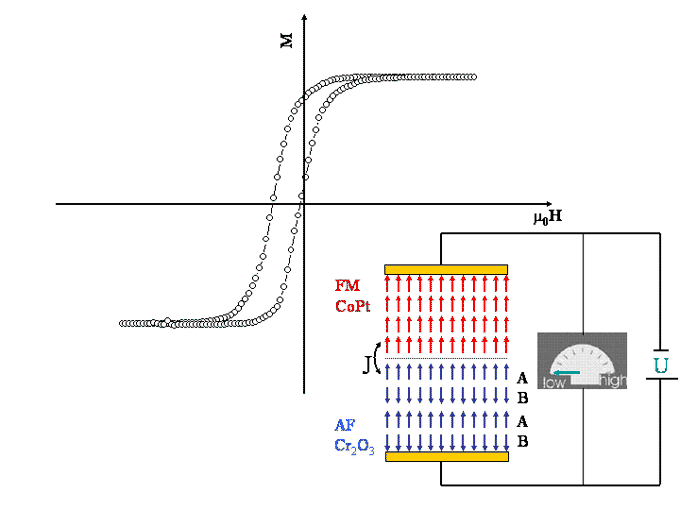Department of Physics and Astronomy: Publications and Other Research
Date of this Version
10-30-2007
Abstract
Reversible control of magnetism is reported for a Fe thin film in proximity of a BaTiO3 single crystal. Large magnetization changes emerge in response to ferroelectric switching and structural transitions of BaTiO3 controlled by applied electric fields and temperature, respectively. Interface strain coupling is the primary mechanism altering the induced magnetic anisotropy. As a result, coercivity changes up to 120% occur between the various structural states of BaTiO3. Up to 20% coercivity change is achieved via electrical control at room temperature. Our all solid state ferroelectric-ferromagnetic heterostructures open viable possibilities for technological applications.


Comments
Published in PHYSICAL REVIEW B 76, 092108 (2007); DOI: 10.1103/PhysRevB.76.092108 Copyright © 2007 The American Physical Society. Used by permission.